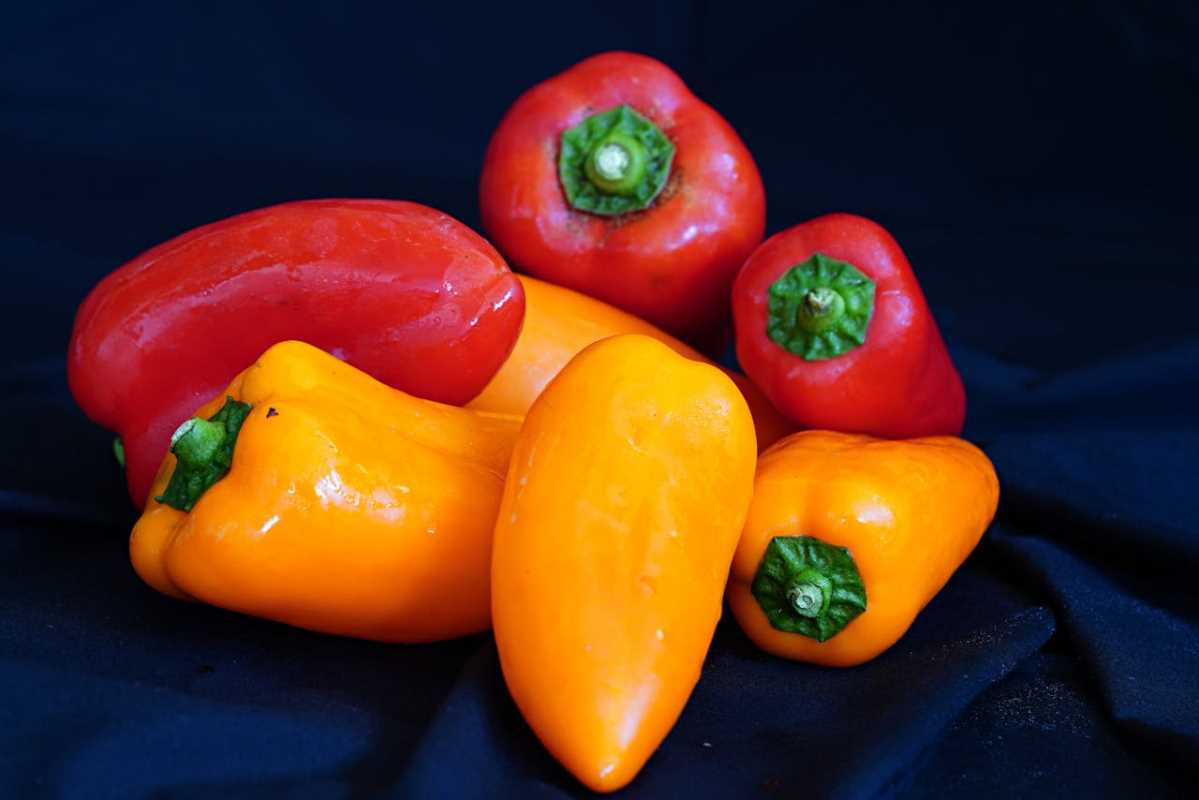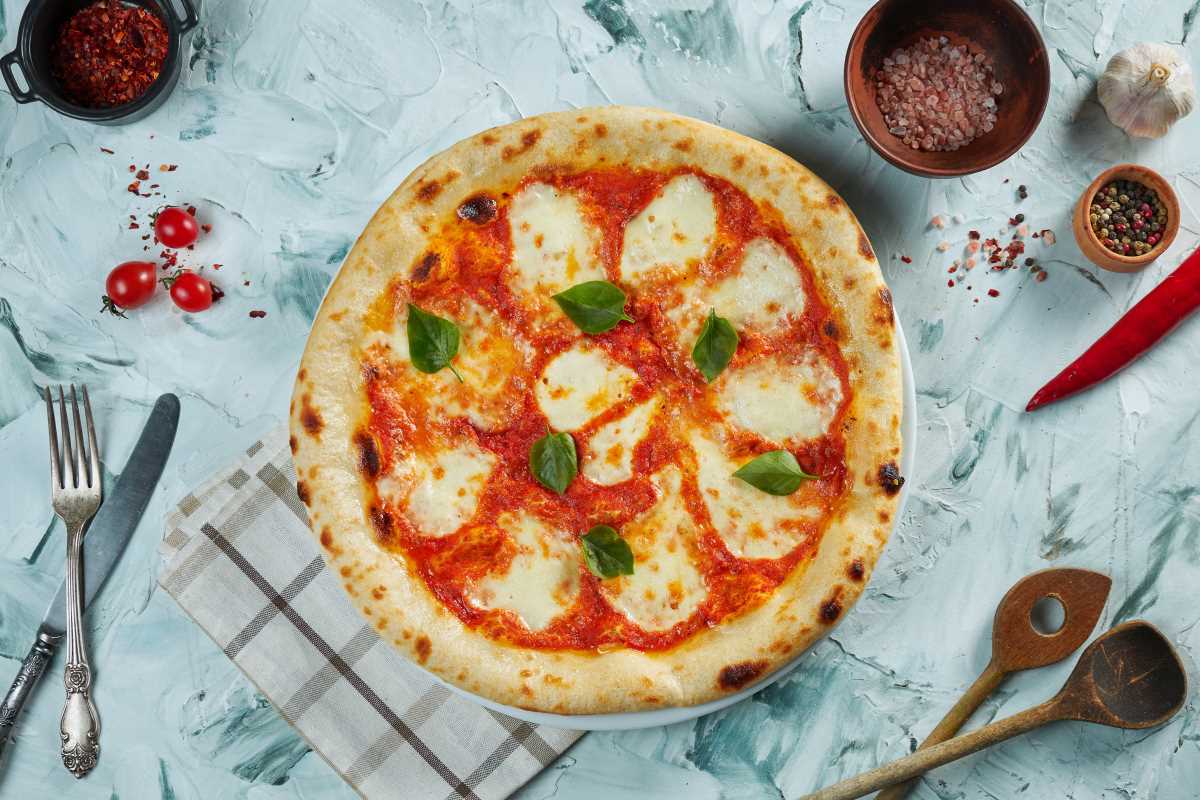Peering into the refrigerator often reveals a collection of random ingredients: a half-used bell pepper, a small amount of leftover chicken, and various wilting herbs. You can transform these disparate items into delicious and satisfying meals. Learning to cook with what you already have is a powerful skill that reduces food waste, saves money, and sparks culinary creativity. This approach to cooking challenges you to see potential in every ingredient, turning overlooked leftovers into the stars of your next dish. Embracing a "use-it-all" philosophy not only benefits your wallet and the planet but also makes your time in the kitchen more inventive and rewarding, one meal at a time.
The Power of a Waste-Free Kitchen
Reducing food waste is one of the most effective actions you can take to support both your budget and the environment. A well-managed kitchen minimizes what you throw away, maximizing the value of every grocery purchase.
Financial and Environmental Benefits
Every bit of food that ends up in the trash is equivalent to throwing money away. A household can save a significant amount of money each year by diligently using all purchased food. The environmental impact is just as important. Food production requires immense resources, including water, land, and energy. Wasted food in landfills produces methane, a potent greenhouse gas that contributes to climate change. Your efforts to cook with every ingredient directly address these large-scale issues from your own home.
Fostering a Creative Cooking Mindset
Cooking with a full, pre-planned grocery list is straightforward. Cooking with a handful of random ingredients requires creativity and resourcefulness. This practice pushes you to become a more intuitive and flexible cook. You learn to substitute ingredients, invent new flavor combinations, and trust your instincts. This mindset shift is incredibly empowering, transforming cooking from a chore that follows rigid rules into a fun and artistic expression. You start seeing a lone carrot not as a problem, but as an opportunity for something new.
Strategies for a "Use-It-All" Kitchen
Adopting a waste-free cooking style begins with organization and a few key techniques. These strategies will help you see your fridge's contents in a new light and make it easier to whip up meals on the fly.
The "First In, First Out" (FIFO) Fridge
Proper organization is your greatest ally in the fight against food waste. A chaotic fridge hides ingredients until they are past their prime. Implement a system to keep track of everything.
- Create an "Eat Me First" Bin: Designate a specific container or shelf in your refrigerator for items that need to be used soon. This could include leftovers, half-used vegetables, or dairy products nearing their expiration date. Make it a habit to check this bin first when planning a meal.
- Practice Smart Storage: Learn how to store different types of produce to extend their freshness. Store herbs like cilantro and parsley in a jar with water, like a bouquet of flowers. Keep vegetables like carrots and celery in water to maintain their crispness. Wrap leafy greens in a damp paper towel before placing them in a bag.
- Organize by Category: Group similar items together. Designate shelves for dairy, meat, and produce. This makes it easier to see what you have at a glance, preventing you from buying duplicates and letting older items get lost in the back.
Master the Art of Flexible Recipes
Some recipes are more like flexible templates than strict instructions. Mastering these "kitchen sink" dishes allows you to incorporate almost any ingredient you have on hand.
- Frittatas and Quiches: These egg-based dishes are perfect for using up leftover cooked vegetables, small amounts of meat, and various cheeses. Sauté your ingredients, pour whisked eggs over them, and bake until set.
- Soups and Stews: A hearty soup can accommodate nearly any vegetable, grain, or protein. Start with a base of onions, carrots, and celery, then add whatever else you have. Wilting greens, leftover roasted chicken, and that last bit of canned tomatoes can all find a home here.
- Stir-Fries: A quick stir-fry is a fantastic way to use up crisp vegetables and leftover proteins. A simple sauce of soy sauce, ginger, and garlic ties everything together. Serve it over rice or noodles for a complete meal.
- "Garbage" Salads: This playful name refers to a salad made from a mix of greens, grains, proteins, vegetables, nuts, and seeds. Combine leftover quinoa, chopped raw veggies, a hard-boiled egg, and a simple vinaigrette for a nutrient-packed lunch.
One Ingredient, Multiple Possibilities
Sometimes the challenge is a large quantity of a single ingredient, like a big bunch of kale from the farmer's market or a bulk bag of potatoes. Learning versatile ways to prepare these items ensures nothing goes to waste.
Example: The Humble Potato
A bag of potatoes offers endless meal potential.
- Breakfast Hash: Dice potatoes and sauté them with onions, bell peppers, and any leftover sausage or bacon. Top with a fried egg.
- Creamy Potato Soup: Boil potatoes until tender, then blend them with vegetable broth, a splash of cream, and seasonings. Garnish with chives and leftover cheese.
- Potato Pancakes (Latkes): Grate the potatoes, mix with egg and a little flour, and pan-fry until golden brown.
- Loaded Baked Potatoes: Bake whole potatoes and top them with anything from chili and cheese to sautéed broccoli and Greek yogurt.
- Shepherd's Pie: Use leftover mashed potatoes as a topping for a savory filling of ground meat and vegetables.
Example: A Whole Chicken
Roasting a whole chicken is economical and provides ingredients for several meals.
- Roast Chicken Dinner: The first night, enjoy the chicken with roasted vegetables.
- Chicken Salad Sandwiches: Shred leftover meat and mix it with mayonnaise or yogurt, celery, and herbs for lunch the next day.
- Chicken Tacos or Quesadillas: Use shredded chicken as a filling for a quick and easy Mexican-inspired meal.
- Chicken Noodle Soup: After carving all the meat, simmer the chicken carcass with vegetable scraps to create a rich, flavorful broth. Add noodles, carrots, and celery for a classic soup.
- Chicken Pot Pie: Combine diced chicken and mixed vegetables in a creamy sauce and top with a pastry crust.
Embrace Scrappy Cooking
True waste-free cooking extends to the parts of ingredients you might normally discard. Vegetable peels, stems, and bones are packed with flavor and nutrients.
Make Your Own Stock
Keep a large bag in your freezer and add vegetable scraps to it throughout the week. This includes onion peels, carrot ends, celery bottoms, mushroom stems, and herb stems. Once the bag is full, place the scraps in a large pot, cover with water, and simmer for at least an hour. Strain the liquid, and you have a delicious homemade stock for soups and sauces. You can do the same with chicken or beef bones.
Use Stems and Leaves
Many people throw away the stems of herbs or the leaves of vegetables like celery and broccoli. These parts are perfectly edible and flavorful.
- Finely chop broccoli stems and add them to stir-fries or slaws.
- Use celery leaves in salads or as a garnish for soups.
- Blend herb stems into pestos, sauces, or green smoothies.
Your Kitchen, Your Creative Lab
Viewing your refrigerator as a treasure chest of possibilities changes your entire relationship with food. It encourages you to be resourceful, mindful, and inventive. By adopting strategies like fridge organization, mastering flexible recipes, and using every part of an ingredient, you can drastically reduce food waste. This path not only saves you money but also connects you more deeply to the food you eat and the impact you have on the world.
Challenge yourself this week. Before your next grocery trip, open your fridge and pick one overlooked item. Build a meal around it using other ingredients you have on hand. You might just discover your new favorite recipe was waiting there all along.
 (Image via
(Image via





